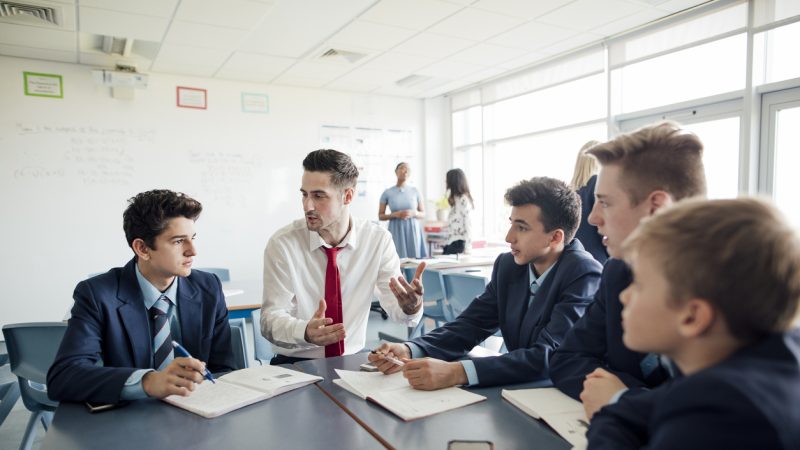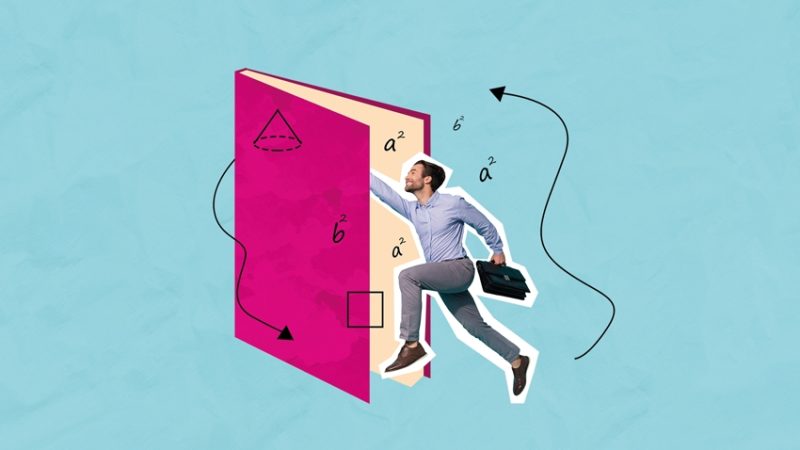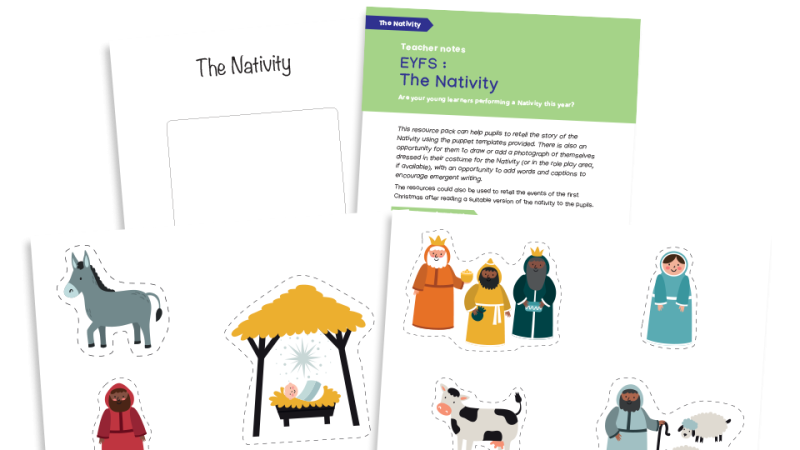What Bobby Seagull has learnt about … livestreamed lessons
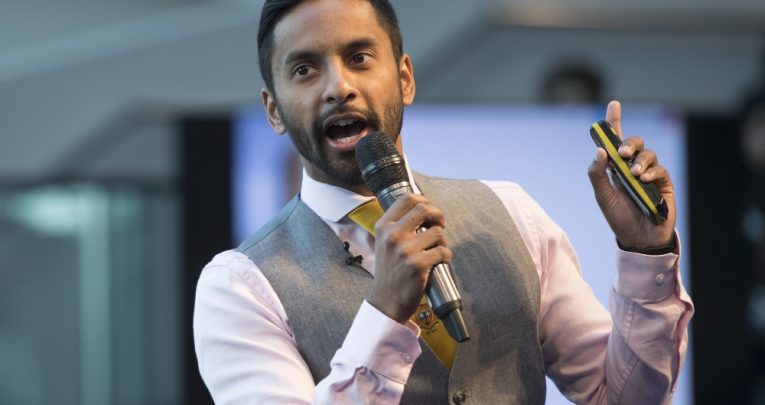
Teacher and broadcaster Bobby Seagull shares his main takeaways since starting to teach online lessons to Key Stages 1 to 3…
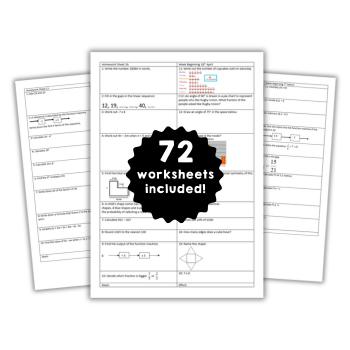
Before the lockdown I’d done a minimal amount of remote teaching. I’ve used platforms like Google Classroom for setting homework, but never as a tool for communicating directly with students online. I’m fairly used being in front of a camera, presenting documentaries and sometimes appearing on live television, but that’s very different to teaching young people via livestreaming.
You can tell when students are getting bored. During a normal lesson, I’d usually walk round, check students’ books and make sure they’re engaged. That’s not possible online, but you can pick up on some visual cues, particularly typed comments. Posting multiple choice questions that students can click on via the communication platform you’re using can help them focus, but also give you a sense of their progress. In a physical class, if most get students get a question right I’ll move on; if a substantial proportion seem to be struggling, I’ll recap it. The same applies online, though it does rely on students’ willingness to participate.
Live lessons can involve putting on a show. I’m a secondary teacher, but have done lots of work with our feeder primary schools. Teachers aren’t entertainers – our job is to teach and educate children – but there are times when I’ve tried to make things more engaging by using props. In a recent lesson for younger children on Roman numerals, I pretended to be a Roman general with the aid of a bicycle helmet and an umbrella. Being slightly eccentric and extrovert can sometimes help to hold their attention, because you’ve no way of telling when they’re, say, using their phones.
You may need to change your approach. During my first live lesson, I saw comments coming through on my screen and felt obliged to respond by saying ‘Well done’ to all these different names completing the work – but then the feedback I later got from parents was that the whole lesson seemed to just involve me doing shout-outs. I’ve since learned to refine the form and frequency of the feedback I give. If kids occasionally see their names mentioned when learning online it incentivises them to stay tuned, but if you do that too often, you put their learning progress at risk.
Social media lets you set homework. Inspired by the tasks Joe Wicks sets in his ‘PE With Joe’ sessions, I now encourage students to complete tasks between lessons and send me their work via Instagram, Twitter and Facebook. I might ask them to research something before the next lesson, or draw a diagram and send it in. I’ve watched other YouTubers, like Joe Sugg, and how their videos rarely stand alone. They’ll always leave their followers with something that makes them want to return, so I now try and get learners to do something that keeps them engaged between lessons.
Bobby Seagull is a secondary maths teacher and broadcaster; Monkman & Seagull’s Genius Adventures is currently airing on BBC Two; his #MathsWithBobby Facebook Live lessons for KS3 are streamed on Fridays at 10am via Explore Learning’s official Facebook channel. He also hosts biweekly quizzes via his YouTube channel in support of the NHS every Wednesday and Saturday at 8pm







